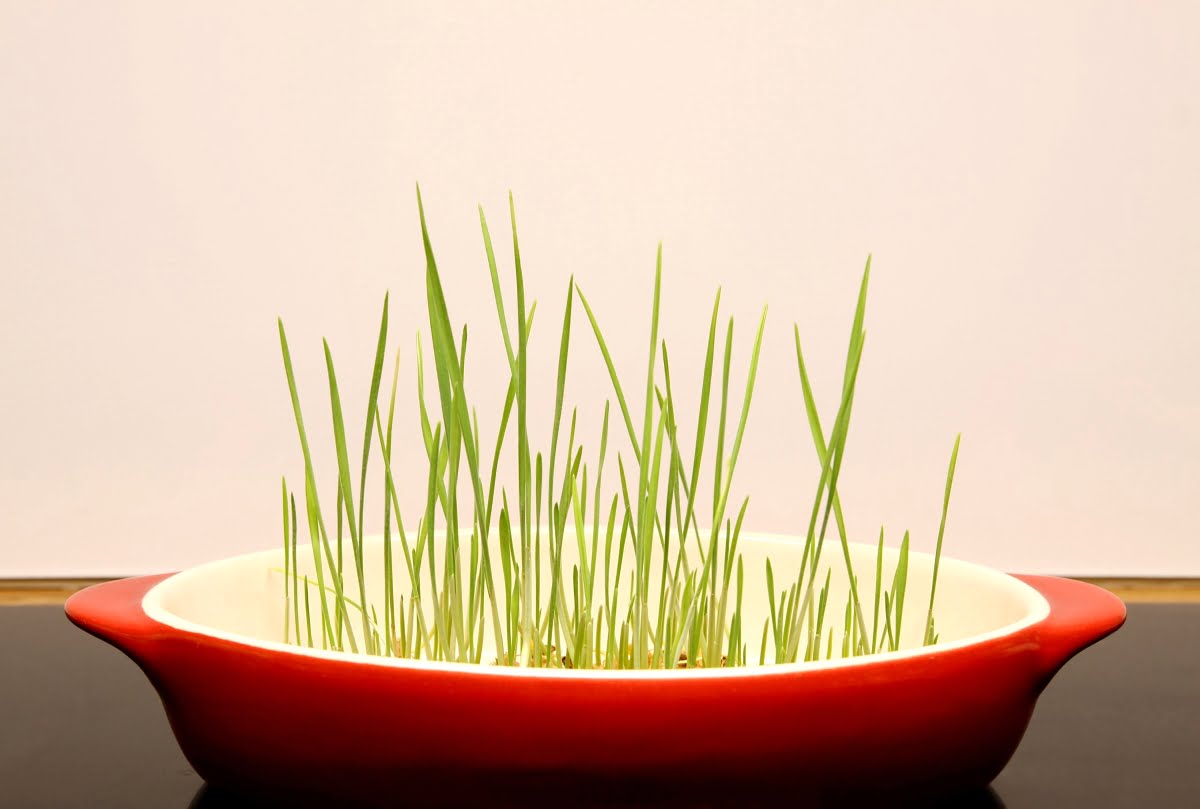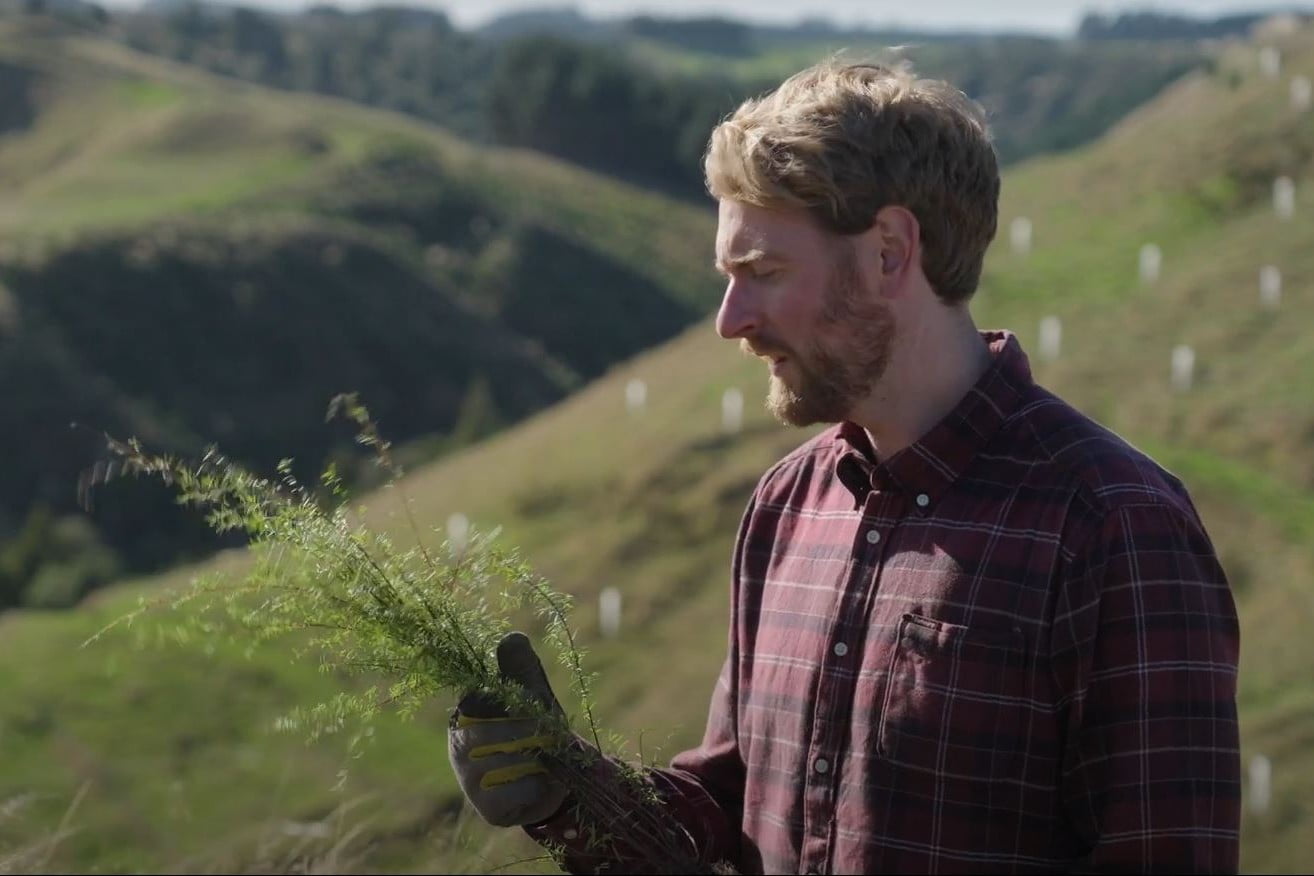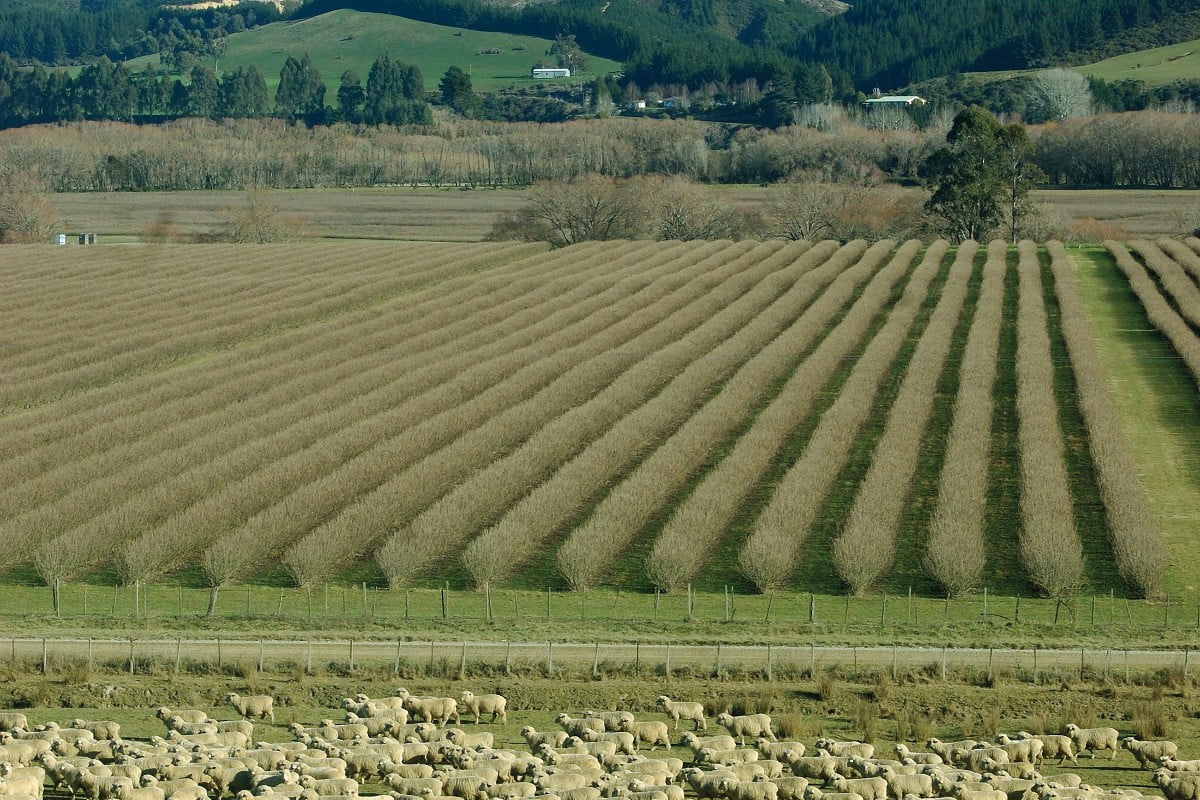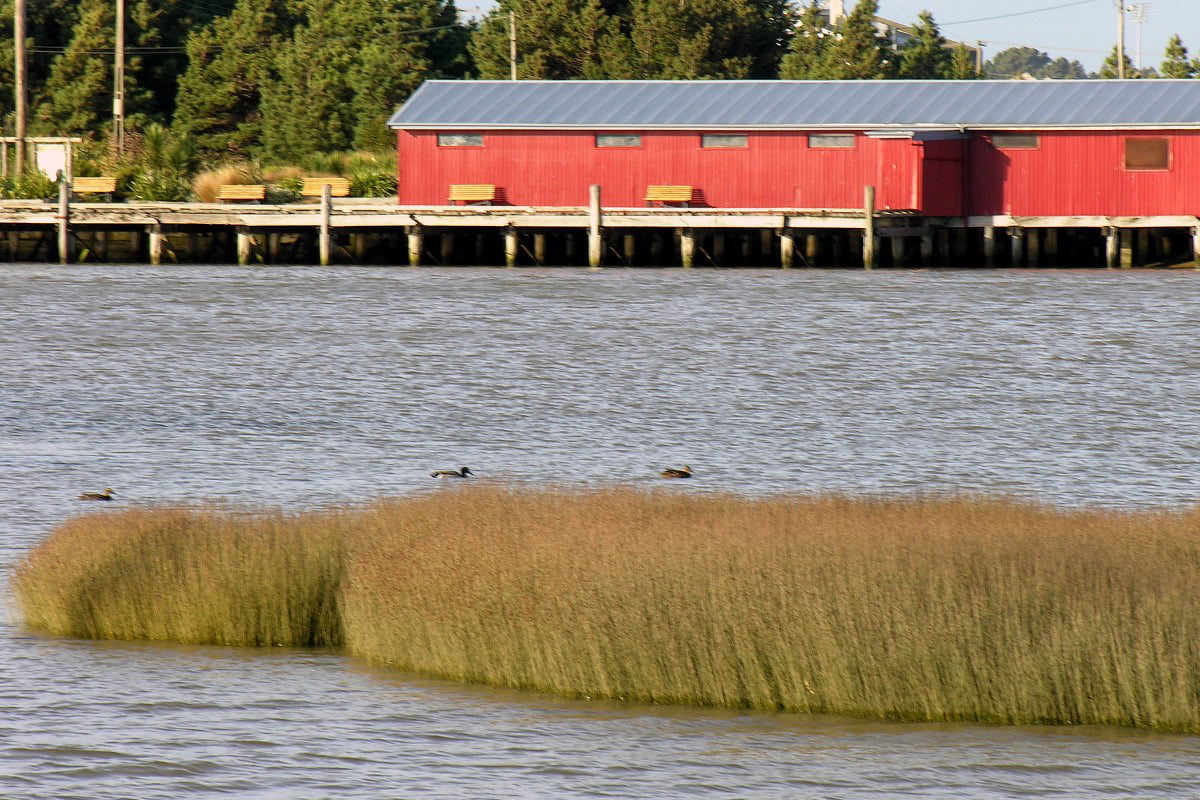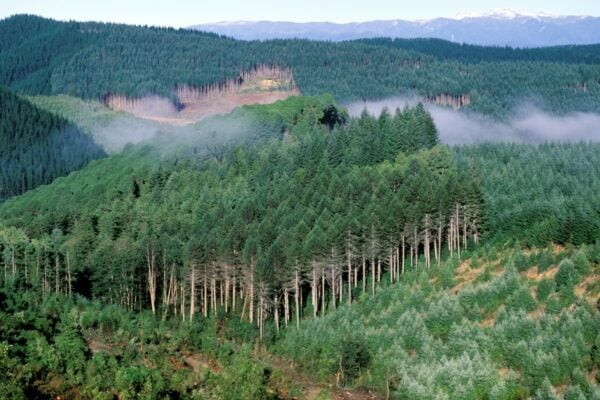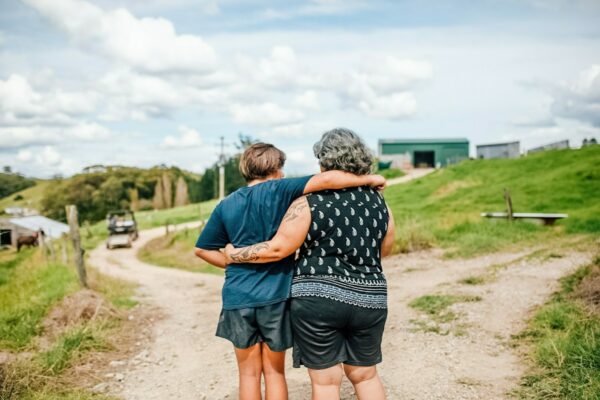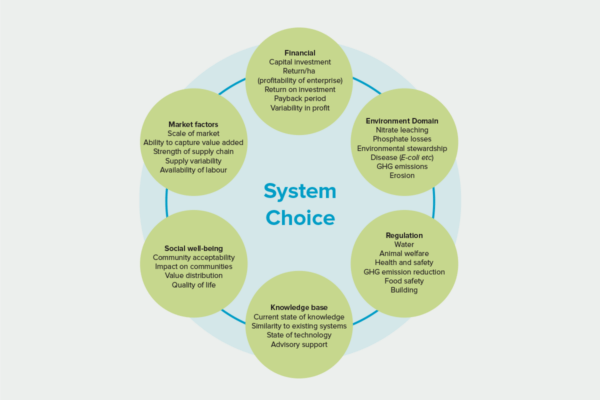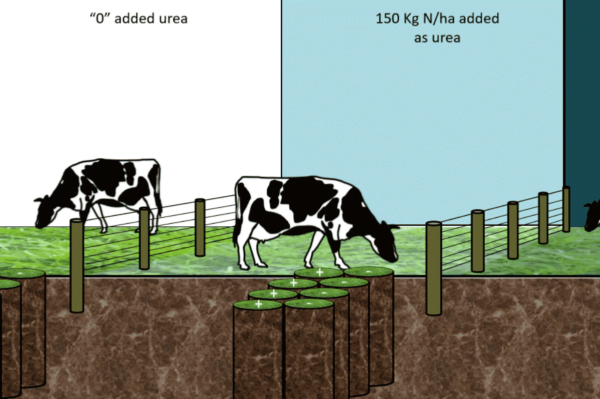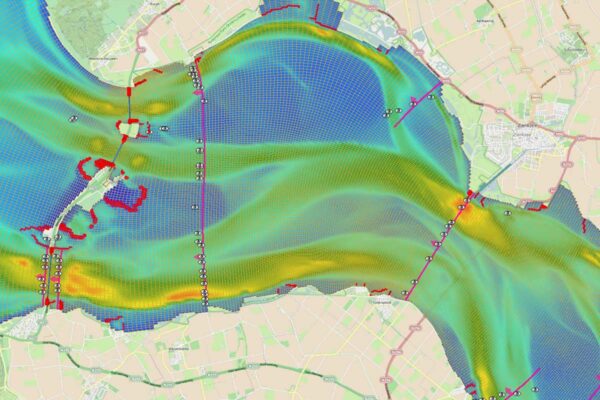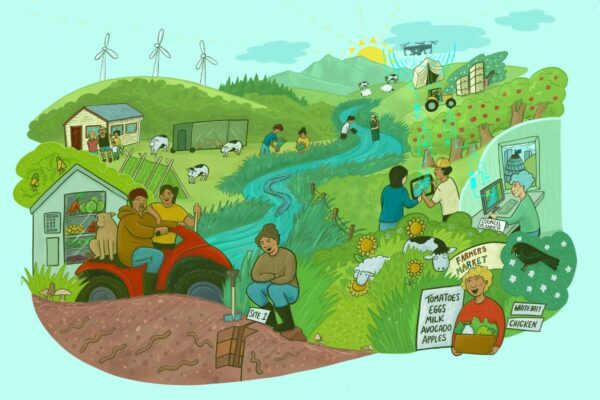Project Details Ngā taipitopito
Collaborators Ngā haumi
BakerAg | Fonterra | Pāmu | Plant & Food Research
What are we doing?E aha ana mātou?
Technology is progressing that can extract protein from pasture, to create a plant protein food ingredient for human consumption. The opportunity to develop a new plant protein industry in Aotearoa depends upon on-farm viability, or there will be no incentive to make pasture available for producing protein foods.
Working with three case study dairy farms, this project aims to demonstrate how a farmer would integrate protein harvest into existing pastoral grazing systems, and assess the potential economic consequences for both farm and region.
The project will also seek to validate that shifting a proportion of Aotearoa’s pasture from ruminant grazing to direct recovery of plant protein will reduce pastoral farming’s environmental footprint, particularly for greenhouse gases and water quality.
How can the research be used? Ka pēhea e whai take ai te rangahau?
- This project will demonstrate how a farmer would integrate pasture as crop for protein harvest into existing pastoral grazing
- Engaging with iwi and the wider farming community, this research will share awareness of the opportunities presented through three case study farms publishing findings in a report.
- The research aims to validate that this alternate land use will reduce the environmental footprint (greenhouse gas and water quality) compared with current use, and show how this concept would help environmental outcomes for catchments with intensive farming systems.
- Economic impacts and implications at farm-level for commercial resilience will be addressed, while providing an indication of the regional economic consequences of a partial conversion from ruminant grazing to harvesting pasture for food protein.
 View Our Strategy Document 2019 – 2024
View Our Strategy Document 2019 – 2024



